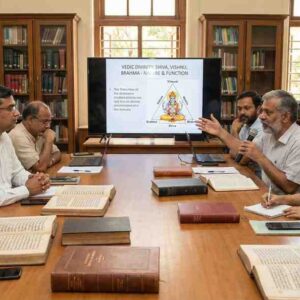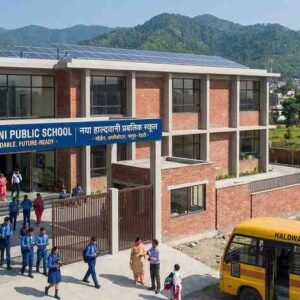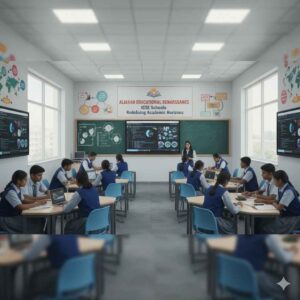As education evolves under theNational Education Policy (NEP) 2020, playgrounds in schools face a critical question:Are they still relevant?While digital learning, coding, and AI-driven programs dominate, physical education risks being sidelined.
Balancing Technology and Physical Growth
In recent years, academic competition and technology integration have pushed playgrounds to the margins. Urban schools prioritize smart classrooms and STEM labs, often reducing space for physical activity. Yet, NEP 2020 advocates holistic development, stressing that learning must include physical well-being alongside academics.
Playgrounds remain essential for physical fitness, teamwork, and social skills—lessons a digital classroom cannot replicate. According to Dr. Ramesh Kumar, an educational psychologist,“Playgrounds teach leadership, problem-solving, and resilience.”They also counter rising childhood obesity and stress caused by sedentary lifestyles.
NEP’s Vision and Implementation Gaps
NEP emphasizes“sports-integrated learning”and urges schools to treat physical education on par with academics. However, challenges persist: urban schools lack space, while rural schools face funding shortages. Innovative solutions like rooftop playgrounds and multi-purpose activity zones could help address these gaps.
Conclusion
Playgrounds are vital for nurturing well-rounded individuals. NEP 2020 provides a chance to balance technology with physical development. Moving forward, effective implementation will ensure playgrounds remain a cornerstone of education, supporting healthier, happier generations.













